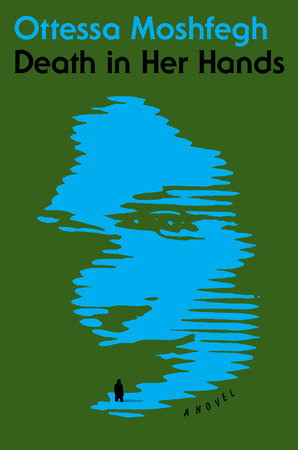
Format: 259 pp., hardcover with dust jacket; Size: 8.25” × 10.25”; Price: $27.00; Publisher: Penguin Press; Number of people Vesta speaks aloud to: six, including her dog Charlie and her dead husband; Number of wine corks Vesta breaks: innumerable; Other books by the author: Eileen, My Year of Rest and Relaxation; Representative Passage: “It seemed to me a cruel message: Yes, yes, be alive, make your mess, but when you die, leave not a trace. Sweep up evidence of your existence. Reminders will only trouble those who live on. They’ll have to waste their own lives cleaning up yours.”
You have reached your article limit
Sign up for a digital subscription and continue reading all new issues, plus our entire archives, for just $1.50/month.
Already a subscriber? Sign in




